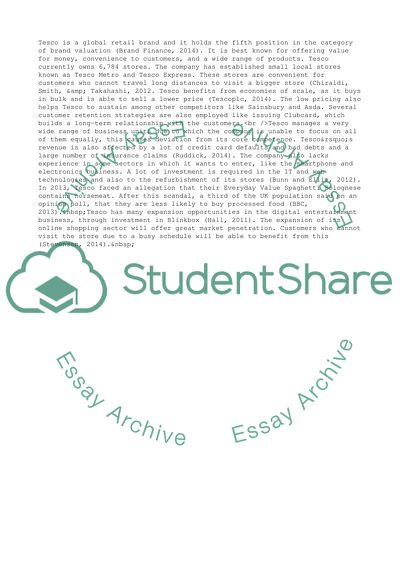Cite this document
(Employability and Corporate Appraisal of Tesco Report Example | Topics and Well Written Essays - 1500 words, n.d.)
Employability and Corporate Appraisal of Tesco Report Example | Topics and Well Written Essays - 1500 words. https://studentshare.org/business/1842074-employability
Employability and Corporate Appraisal of Tesco Report Example | Topics and Well Written Essays - 1500 words. https://studentshare.org/business/1842074-employability
(Employability and Corporate Appraisal of Tesco Report Example | Topics and Well Written Essays - 1500 Words)
Employability and Corporate Appraisal of Tesco Report Example | Topics and Well Written Essays - 1500 Words. https://studentshare.org/business/1842074-employability.
Employability and Corporate Appraisal of Tesco Report Example | Topics and Well Written Essays - 1500 Words. https://studentshare.org/business/1842074-employability.
“Employability and Corporate Appraisal of Tesco Report Example | Topics and Well Written Essays - 1500 Words”. https://studentshare.org/business/1842074-employability.


